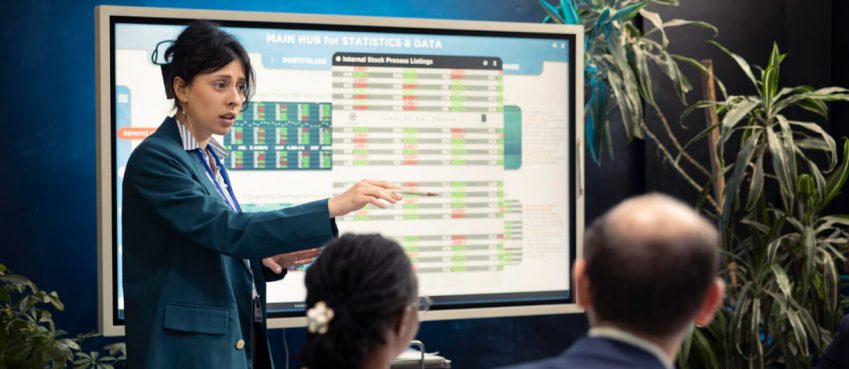
There’s no doubt that the invention of the telephone revolutionized industries and businesses everywhere. However, it’s the bits that came once the technology improved that turned the tide and transformed the idea of making/receiving a phone call.
Nowadays, regardless of where you are in the world, it’s rather easy to connect with someone via phone. Not to mention that there are so many ways to connect and communicate using your phone.
So, if you want to learn a bit more about how modern technology changed how we make and receive phone calls, here are a few ideas:
1. You Can Get a ‘Local’ Number Regardless of Where You Live
Even though landlines are still a thing and have some advantages over mobile phones, most people and businesses nowadays don’t see the need for such technology. That’s because you can get a local phone number from anywhere in the world.
In short, what’s known as a “local number,” is a phone number that includes an area code for your state, region, city, or country. In fact, there is a lot of meaning in the digits of your phone number, you just don’t know about it.
The idea here is that a business that has a local phone number for contact looks more trustworthy in the eyes of people living in the area. So, if your main office is in Europe but you want to conquer the US market as well, you can get as many local phone numbers as you need to get things started.
Also read: 10 Top-Rated AI Hugging Video Generator (Turn Images Into Kissing Instantly!)2. Video Calls
While you may be tempted to think that video chat/call technology is a concoction of the modern world, it was actually first launched back in 1927! Still, it took a lot of time and technological innovation to get to a point where you can tap a button on your smartphone and instantly get connected to someone on the other side of the world.
Video calls as we know them today are the result of various technological transformations of the initial concept. And chances are, they will continue to improve and evolve in the future.
3. Online Meetings (with Clients or Employees)
The development of video calls and broadband internet connections led to a new concept – the online meeting (or a Zoom call, as it’s known today). This piece of technology reduced the time spent traveling for business, allowed businesses to easily extend overseas, and led to the work-from-home trend.
It was also part of the reason why many people and businesses managed to adjust during successive lockdowns. Plus, it made it possible for people to meet and participate in virtual and hybrid events, which help reduce the time and financial resources invested in such activities.
What’s even more interesting is that innovation doesn’t stop. In fact, there are a few more advanced technologies looking to revolutionize meetings even further!
4. Remote Collaboration Tools
Before technology reached its current state, if you had to work on a project with a couple of colleagues, you had to go to the office and have a face-to-face discussion. Plus, once everyone knew their part in the project, you still had to meet and check everyone’s work from time to time.
Nowadays, we have video calls, online meeting platforms, screen-sharing tools, chat apps, and cloud-based systems where we can share our work, make comments on other people’s work, and talk face-to-face without having to meet in the physical world.
Wrap Up
Technology is changing at an incredibly fast pace, but if you know how to keep up, this is not a bad thing. After all, it is a lot easier to participate in a meeting from the comfort of your home than to go into the office and waste a couple of hours in traffic, right?
Top 10 News
-
01
[10 BEST] AI Influencer Generator Apps Trending Right Now
Monday March 17, 2025
-
02
The 10 Best Companies Providing Electric Fencing For Busines...
Tuesday March 11, 2025
-
03
Top 10 Social Security Fairness Act Benefits In 2025
Wednesday March 5, 2025
-
04
Top 10 AI Infrastructure Companies In The World
Tuesday February 11, 2025
-
05
What Are Top 10 Blood Thinners To Minimize Heart Disease?
Wednesday January 22, 2025
-
06
10 Top-Rated AI Hugging Video Generator (Turn Images Into Ki...
Monday December 23, 2024
-
07
10 Top-Rated Face Swap AI Tools (Swap Photo & Video Ins...
Friday December 20, 2024
-
08
10 Exciting iPhone 16 Features You Can Try Right Now
Tuesday November 19, 2024
-
09
10 Best Anatomy Apps For Physiologist Beginners
Tuesday November 12, 2024
-
10
Top 10 Websites And Apps Like Thumbtack
Tuesday November 5, 2024







